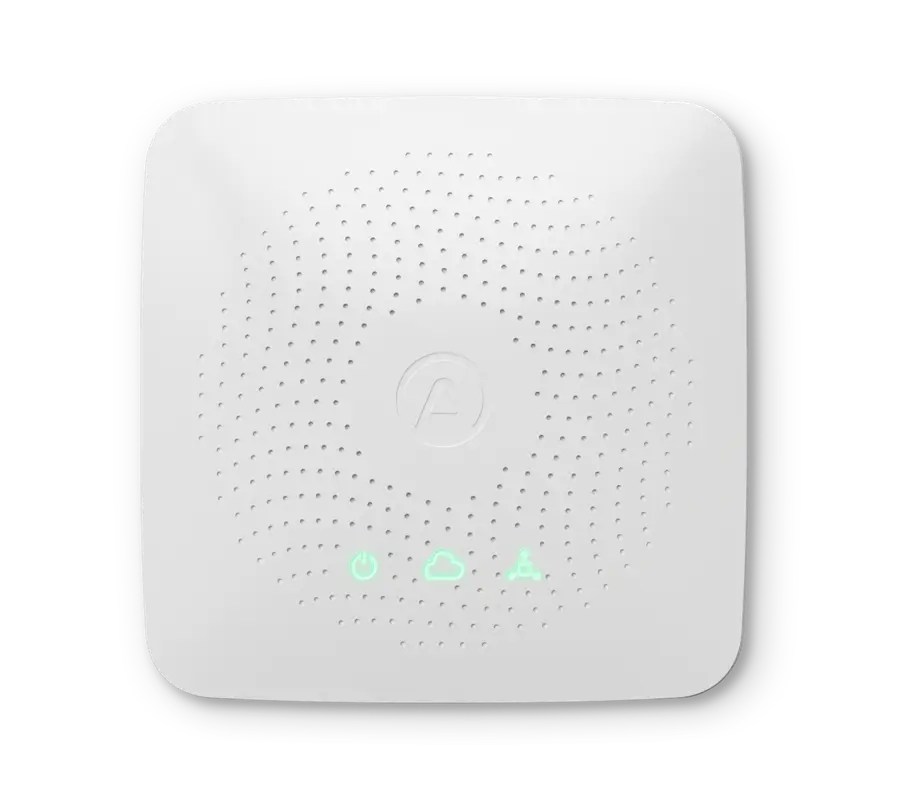The air we breathe contains tiny particles that can damage our health in high doses. What are these pollutants, how do we monitor them, and how can we protect against them?
 The pollutants you might not have read about
The pollutants you might not have read about
Most of us have heard of pollution and health damage caused by gases like carbon monoxide, nitrogen oxides, and carbon dioxide (CO2).
You may not have heard so much about the tiny particles of solids and liquids in the air we breathe called particulate matter (PM). However, they can lead to a range of health complaints, including airway irritation1, triggering of asthma2, and even stroke3, and heart disease4.
Find out below what PM is, how you can track levels where you live, and how you can limit exposure in the home.
What is particulate matter (PM)?
Particulate matter, or PM, isn’t just one contaminant. It’s a range of particles of dust, dirt, and liquids that become suspended in the air. Some of these are large enough to see, like smoke, smog, or soot, but the most harmful are smaller, invisible particles6.
Categories of PM
PM are invisible and two common ones are known as PM10 or PM2.5, which refers to the size of each particle.
- PM10 means the particles have a diameter less than 10 microns, or 100 times smaller than a millimeter.
- PM2.5 (also known as fine particles) have a diameter of less than 2.5 microns. Ultrafine particles are less than 0.1 micron wide.


What substances does PM contain?
PM is made up of a mixture of solids and liquids, both organic and inorganic, including dust, pollen, soot, smoke, complex chemicals, sulphates, mineral dust, and water7.
Where does particulate matter come from?
Outdoor PM sources
PM comes from both man-made and natural sources. The man-made variety can be generated by industry, construction work, landfills, agriculture, motor vehicles with either petrol or diesel engines, and friction from brakes and tires8.
Natural sources include wildfires, pollen-producing plants, spray whipped up from water, soil, and even volcanoes and other seismic activities. ‘Secondary particles’ are created when gases react in the air to form PM. Nitrogen oxides emitted by traffic and some industrial gases can become solids or liquids in this way9.
Road dust, sea spray, pollen, or particles created by construction projects tend to be the larger PM10, while burning fuel, running engines, or processing for industry generally creates PM2.5 particles. Secondary particulate matter is also likely to be made up of these smaller, more damaging particles.
Indoor PM sources
Some of the PM you breathe in your home has made its way indoors from the environment outside. However, other particles are generated through activities like cooking, burning fuel or candles, using unvented heaters, smoking cigarettes or other forms of tobacco, and some hobbies10, like woodworking, carving, and arts and crafts11.
Indoor particulate matter can also come from biological sources, like mold or mildew spores, dust, and pet dander (tiny bits of skin shed by household pets)12. These forms of PM are thought to trigger allergic reactions13.
The levels of particulate matter in your home will depend on factors like the levels outdoors, the type of ventilation or filtration in your property, and the lifestyles of the occupants. If you don’t smoke, and there are few additional sources of particles, PM should be the same as, or lower than, the outdoor measurement.
How does PM affect health and wellbeing?
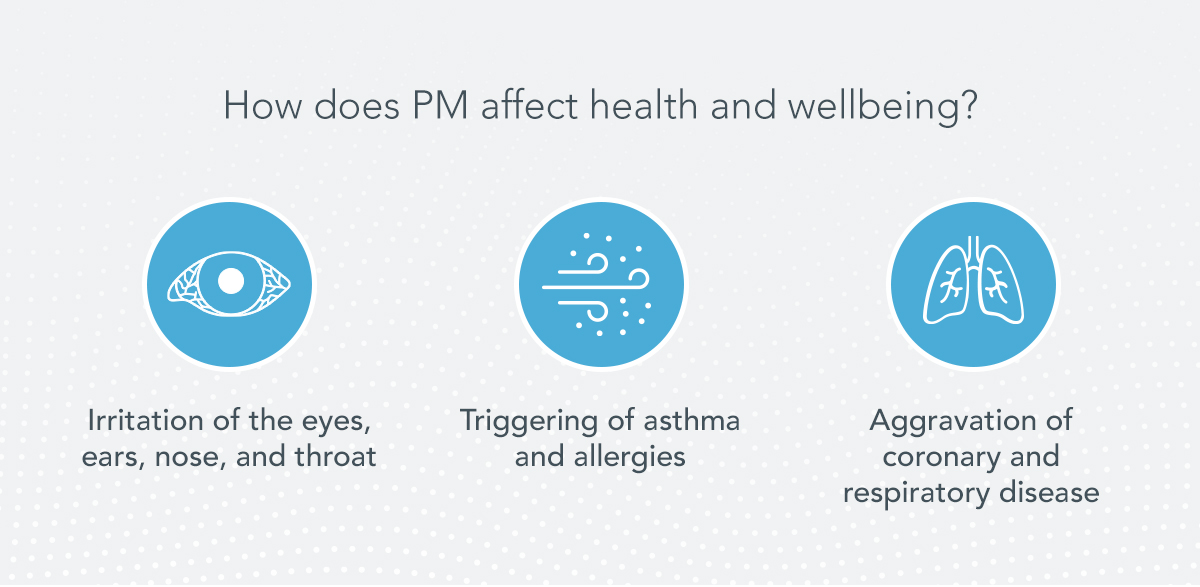
Particulate matter is inhalable, meaning that if you breathe it in, it can travel into your lungs, your alveoli, which are the sacs in your lungs that absorb oxygen, and even into your bloodstream. Studies suggest that smaller particles are able to travel further through your body, causing more serious problems14.
PM and health are intrinsically linked. The particles can cause both short-term and longer term issues, which include:
- Irritation of the eyes, ears, nose, and throat: Particulate matter can cause inflammation, even when the mucus membranes in your nose are doing their job and filtering out larger particles. Some studies show that breathing in PM is linked to a greater need for sinus surgery15. In the short-term it is likely to mean runny noses, sneezing, and itchy eyes16.
- Triggering of asthma and allergies: Because PM inflames the airways, people with asthma are particularly susceptible to its effects and it also contributes to the development of the disease17. PM is also linked to allergic respiratory reactions, like hay fever18.
- Aggravation of coronary and respiratory disease: The particles can cause flare-ups or worsen complaints like coronary artery disease, congestive heart failure, or chronic obstructive pulmonary disease (COPD)19.
Remember too that studies have found children and older people are potentially more vulnerable to the effects of PM20. This is something to be aware of as you think about particulate matter and indoor air quality, with a view to maintaining the healthiest possible environment for your family.
How can I protect against PM?
Monitoring PM
PM is rarely detectable without the use of equipment or instruments. The Airthings Dashboard provides real-time information on PM levels in your locality so you know when there are high or even potentially risky amounts of particulate matter outside.
Airthings indoor air quality monitors also measure pollutants like carbon dioxide, airborne chemicals (VOCs), and radon, as well as conditions like temperature, humidity, and air pressure, that affect health and wellbeing in the home.

Reducing PM
There are plenty of practical ways you can reduce PM in your home.
First off, when the Airthings Dashboard reveals that PM levels are high outdoors, try to stay inside if you can. Keep windows and doors closed as much as possible. Dust, dirt and fumes from traffic, construction, and industry could all enter your property from outside, while, in more rural areas, the problem could be pollen.
Consider using an air purifier to filter out particulate matter from the air you breathe. Just ensure that it has a HEPA (high-efficiency particulate air) filter. These draw in air and then pass it through a dense, multi-layered barrier of meshed fibres, which block and trap particulate matter. The filters are made to comply with strict industry standards21.
It’s important to make sure that all your fuel-fired combustion appliances — like stoves, fires, heaters, and boilers — are properly vented to allow the fumes to escape outdoors. And get a professional to inspect, clean, and tune-up these appliances every year. That could mean getting your central heating and boilers serviced, or having your chimney swept thoroughly.
Always ensure that your appliances adhere to the latest regulations and that you’re using them in line with the manufacturers’ instructions. Stoves and fireplaces are generally suited to specific types of fuel, so you should check that you’re burning the correct wood, coal, turf, or pellets.
In the kitchen, exhaust fans help send PM outside when you’re cooking, rather than letting it build-up indoors. Likewise, the filters on heating and cooling systems should always be changed in line with manufacturers’ advice22.
Finally, don’t allow damp patches or mold to fester. Where there are visible build-ups of mold or mildew, the spores get into the air too, so clean any areas where these substances could build up thoroughly. And don’t allow damp to go untreated.
Conclusion: Limit PM exposure for a healthier environment
Particulate matter is a key aspect of air pollution to be aware of. The World Health Organization (WHO) estimates that each year fine particles in the air we breathe cause 7 million deaths across the globe. PM has been implicated in various diseases including stroke24, COPD25, and respiratory infections like pneumonia26.
Fortunately, you can take measures to limit your exposure to particulate matter and the Airthings Dashboard provides information on outdoor levels of PM, so you can act to protect against its effects. It’s a great way to safeguard the health and wellbeing of everyone in your home.
Key takeaways
- PM is a range of particles of dust, dirt, and liquids that become suspended in the air. Some of these are large enough to see, like smoke, smug, or soot, but the most harmful are smaller, invisible particles.
- Particulate matter have been linked to stroke, COPD, and respiratory infections like pneumonia, as well as triggering allergies and asthma, and causing irritation to the eyes, ears, nose, and throat.
- Airthings View Plus provides PM levels in your home, so you can be notified and take action.


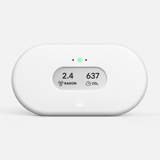



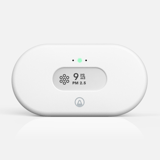
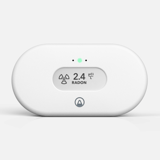

%20(1)%20(1)%20(1).webp?width=160&height=160&name=corentium_home_us_-_hero_image_-_front%20(1)%20(1)%20(1)%20(1).webp)
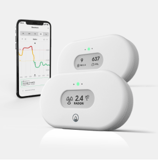

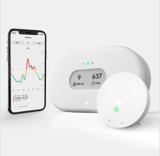

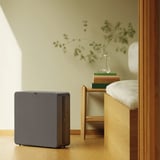
.webp)


 Back to top
Back to top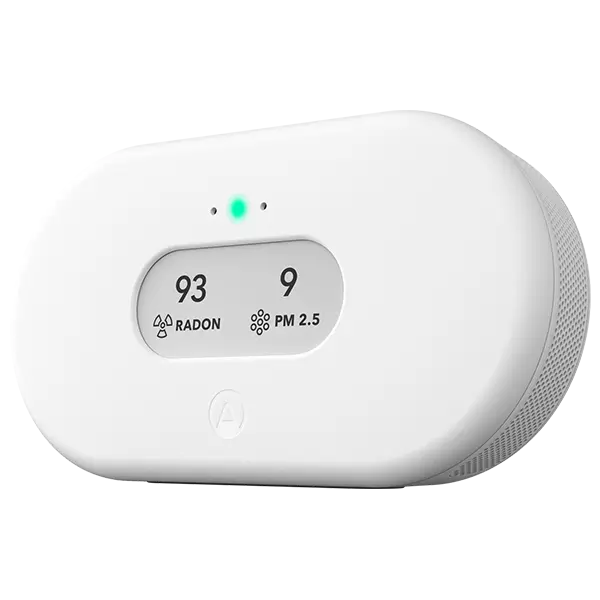

%20(1).webp)

%20(1).webp)
